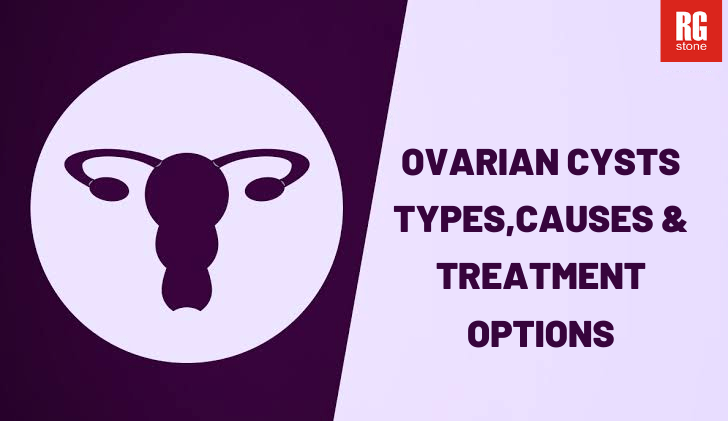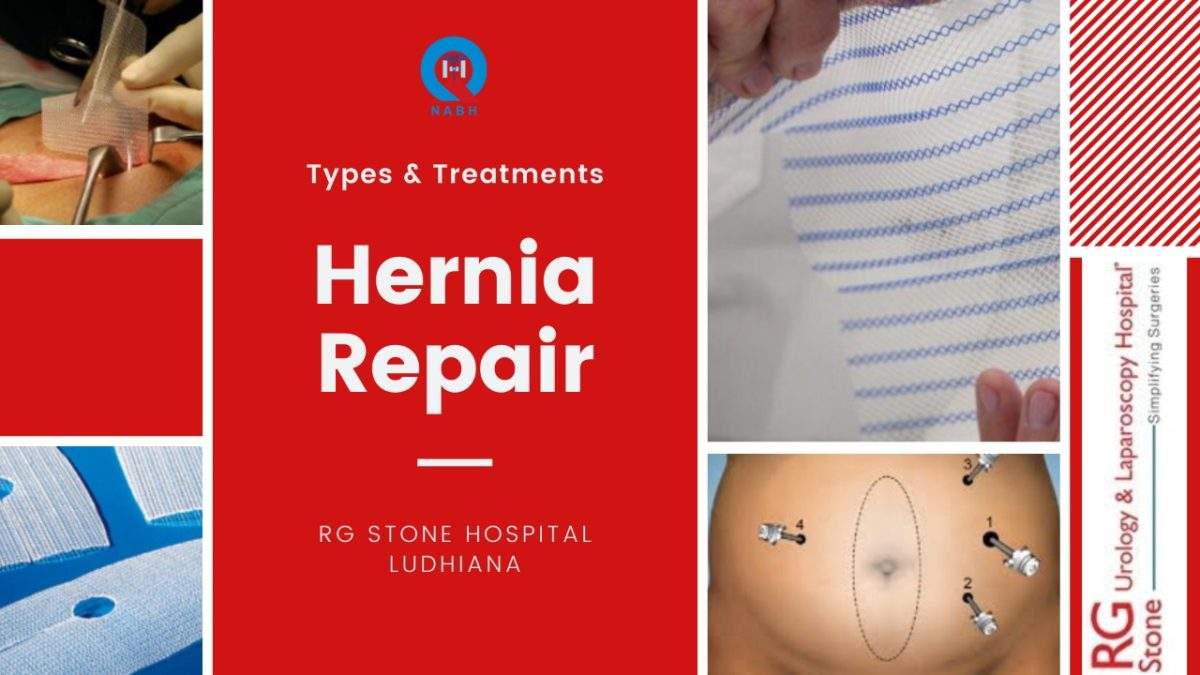An ovarian cyst is a health condition whereby the ovaries contain a fluid-like jelly. While multiple types of ovarian cysts exist, it is imperative to note that each type has a distinct cause. Some people do not realize that they have ovarian cysts, as they may not experience any symptoms. On the other hand, there exist people who may experience some slight symptoms like stomach bloating, pain in the lower back as well as the abdomen. Ovarian cysts are not usually harmful but it may be fatal and painful if the cyst opens up.
Types of ovarian cysts
- Functional cysts: Exists as either follicular or corpus luteum cyst and grows as follicles on the ovaries. The ability of these follicles to release estrogen and progesterone hormones influences ovulation.
- Dermoid cysts: This type of cyst develops from the embryonic cells and are hardly cancerous. They may contain tissue like skin or hair.
- Cystadenomas: Cystadenomas develops on the surface of an ovary and has the potential of filling up with water or mucous-like fluid.
- Endometriomas: Develop following the growth of uterine endometrial cells outside the uterus and causes some tissue to attach to the ovary, forming a growth.
Causes of ovarian cysts
There are multiple types of ovarian cysts, including the very common functional cysts that develop following the menstrual cycle. The name is owed to the fact that it normally forms on a monthly basis and exists as a follicular cyst or a corpus luteum cyst.
- Hormonal problems: If a woman exhibits hormonal problems, then they are likely to develop ovarian cysts. These hormonal challenges include the consumption of Clomiphene, which is commonly referred to as the Clomid (a fertility drug) as a means to induce ovulation.
- An acute infection in the pelvic: In the event that a woman has a serious pelvic infection, then it spreads to the ovaries, this person will most definitely develop ovarian cysts.
- Endometriosis: This is a condition that results in the growth of the uterine endometrial cells outside the uterus. Potentially, some tissue will attach to the ovary, forming a growth.
- Pregnancy: Upon ovulation and the formation of a cyst, this cyst is preserved by the conditions that come with being pregnant.
Treatment options
The intervention for treating ovarian cysts is dependent on the age of the patient, the type of cyst, its size, and the symptoms manifested.
- Surgery: This approach is only applicable for a large cyst that is growing and progresses across the second and third menstrual cycles. This approach is also applicable if the cyst is causing pain.
- Hormonal contraceptives: These include birth control pills meant to prevent the cysts from redeveloping. It is important to note that contraceptives do not reduce an existing cyst.
- Watchful waiting: This approach is opted for as a means to establish whether the cyst disappears after some time. It applies to simple cysts that are small and fluid-filled.
Conclusion
The potential for cysts to recur if the individual has had a previous incident is significant.






